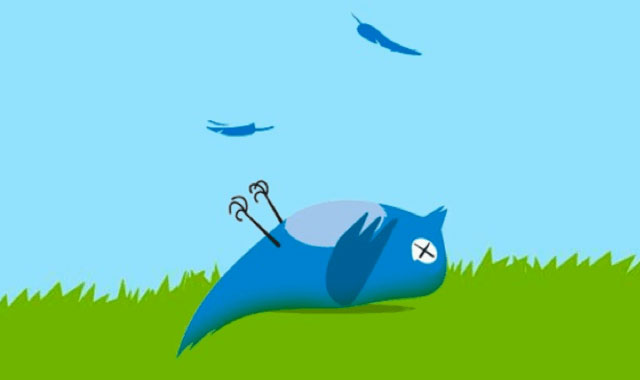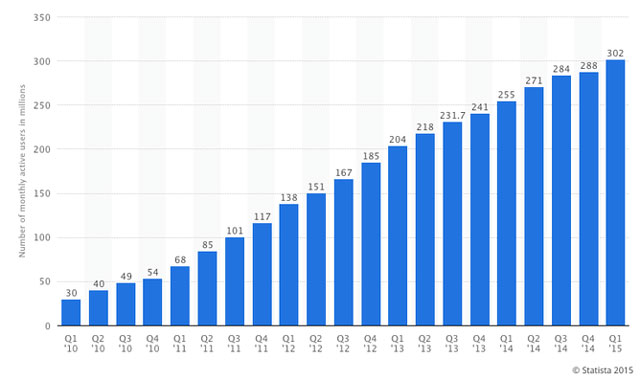
Twitter’s misfortunes have pivoted once again with the announcement of the resignation of CEO Dick Costolo. This move seemed to catch even some close to Costolo by surprise with Twitter co-founder Biz Stone rubbishing the idea that he would step down. Twitter’s other co-founder, Jack Dorsey, will become interim CEO whilst a search begins for a replacement for Costolo.
Costolo has been widely criticised for his lack of leadership and vision in dealing with Twitter’s challenges. But Twitter’s problems were largely predestined by its design and keeping true to that means that it will be extremely difficult to reverse its fortunes.
Twitter was once considered the communication platform of the people, facilitating revolutions and revolutionising the way media companies collected and distributed information, especially news. Claims of it impacting almost every other industry have been made at one time or another.
Unfortunately, despite all of this, the growth in the number of users has continued to slow. A billion users who tried Twitter never came back, leaving a community of only 300m monthly active users. This puts them behind LinkedIn, Instagram and even Google+.
The essential problem of Twitter has been the limited scope and nature of communication inspired by the 140 character limit. Although it can be seen as forcing users into an almost Zen-like brevity, it has severely restricted the ability to engage in any meaningful conversations and perversely facilitated the descent into abuse. Once you have included a link to an article in a tweet for example, there is very little room left to give it a meaningful description or context. This means that sharing of stories simply become tweets like “read this”, or “great story”. Clicking on the link takes you out of the stream and very often people stop even bothering with this step and will re-tweet a link without even looking at the content.
The strict timeline appearance of tweets has meant that users often miss the bulk of tweets from people they may be genuinely interested in hearing from, like their friends. Sponsored tweets have made this worse and added to the cognitive load of scanning the stream for tweets that may actually be of interest. Twitter’s attempt to address this problem with the “while you were away” feature has not really done much to solve this problem. It is incredibly hard for Twitter to pick out the important tweets out of the hundreds or thousands that may have been published since a user last looked.

All of this makes it very difficult for advertisers to get any real value out of using the platform, especially when they can get more effective advertising on other platforms, especially Facebook.
Twitter has been slow to change the design and functionality of its site. Coinciding with Costolo’s departure has ironically been one of the biggest changes with the lifting of the 140-character restriction on direct messages sent between one Twitter user and another. Although users will welcome this change, it has come, for many, too late, as they have switched to other platforms for messaging.
If Twitter changes too much of its other features, especially the 140 character limit on tweets, it will find it harder still to differentiate itself from Facebook and that is a battle it is clearly not in a position to win.
Selling itself off to a company like Google as some have suggested is also not an option. Google is in the process of dismantling its own social network Google+ which, like Twitter, suffered from appealing to niche audiences. Clearly Google would be no better at offering Twitter salvation than left to their own devices. Whilst there are companies that would profit from Twitter not being around, there are very few who would profit from buying it.
In the short term, Twitter will need to drastically cut down on its expenses which are running ahead of income growth. Doing that, while implementing transformational change, is going to be extraordinarily hard, if not impossible. If it succeeds however, and Twitter is still here in five years, it will be a very different platform from today.![]()
- David Glance is director of UWA Centre for Software Practice at the University of Western Australia
- This article was originally published on The Conversation




